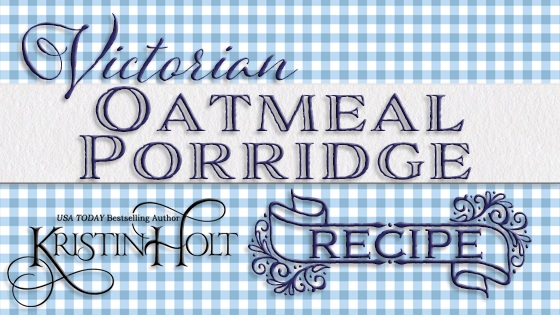
by Kristin Holt | May 24, 2019 | Articles
We’ve seen recipes for oatmeal cookies (with and without raisins), oatmeal in Victorian bath water (to soften and whiten skin), and more. Who knew that Victorian Oatmeal Porridge Recipes could require significantly more instructions (and a dedicated saucepan!) than any other vintage recipe?
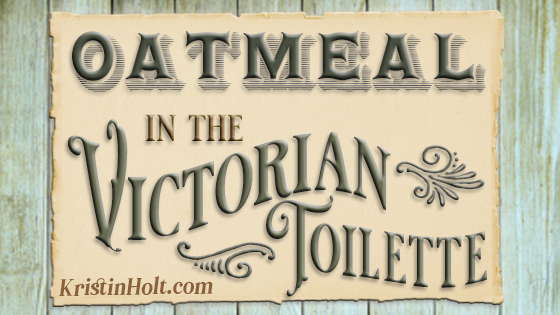
by Kristin Holt | May 21, 2019 | Articles
In this Blog Article Series about Victorians and Oatmeal, we’ve seen cookies (both with and without raisins), Victorian attitudes about oats for food (rather than fodder), and vintage newspaper clippings highlighting the attitudes of some American Victorians. This article is still about oatmeal–and Victorian woman using those rolled oats in bath sachets to soften the skin. See the Victorian-American bath sachet recipe(s).
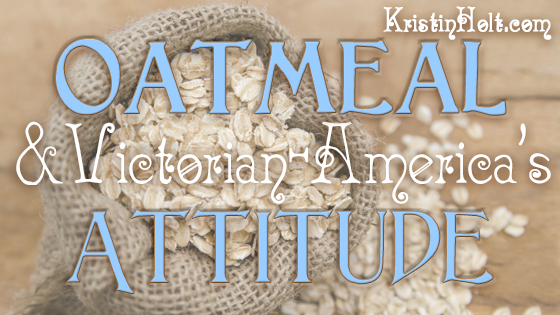
by Kristin Holt | May 15, 2019 | Articles
Some Victorians spoke of oatmeal as if it were a mainstay of their diets. Others claimed oats were fit only for animal fodder or for use in baths to soften skin… but food? Ugh. No. Why were beliefs so polarized? Why did Victorian-Americans have an aversion to oats?
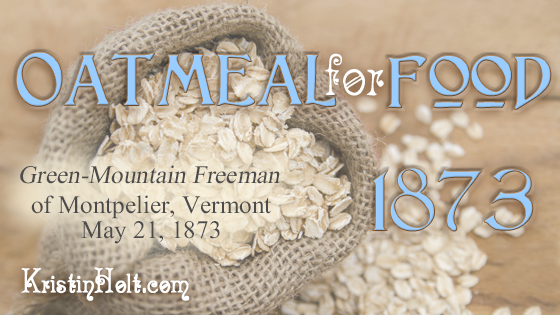
by Kristin Holt | May 15, 2019 | Articles
In support of my other articles about oatmeal in the recipes of Victorian-era Americans, this post contains a lengthy vintage newspaper clipping, an article titled “Oatmeal for Food”. Originally published: Green-Mountain Freeman of Montpelier, Vermont on May 21, 1873. Included as a careful transcription, maintaining formatting, spelling, punctuation, paragraph length, and more. Also includes the digital images from the nearly 150-year old newspaper.
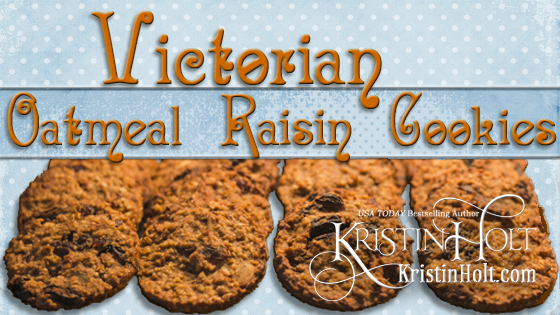
by Kristin Holt | May 5, 2019 | Articles
Near the year 1900, Victorian-American cooks finally started combining raisins (which they had plenty of uses for) and oatmeal–a grain they’d only recently begun accepting. This article contains several vintage recipes from nineteenth century newspapers: raisins in other late-Victorian recipes, and at last–chopped raisins IN oatmeal cookies.
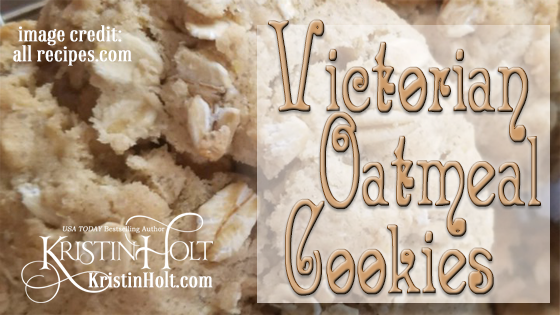
by Kristin Holt | Apr 30, 2019 | Articles
Today, April 30, is Oatmeal Cookie Day!
Who knew?! “Everyone” online claims Fannie Merritt Farmer’s oatmeal cookie recipe (1896) to be the FIRST published (FALSE!)… but I found fourteen Victorian-American recipes in vintage cook books and newspapers beginning in 1883. How did history (mistakenly) favor Fannie?

by Kristin Holt | Mar 25, 2019 | Articles
I not only READ Dan Janal’s title: Write Your Book in a Flash — I used it as a guide while I wrote a nonfiction participant’s manual. My Goodreads review is linked within.
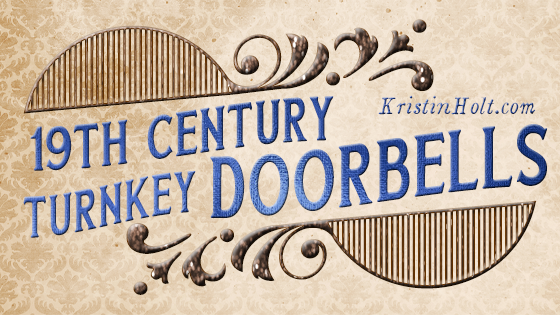
by Kristin Holt | Mar 22, 2019 | Articles
I’ve read fiction set in the nineteenth century that references doorbells– and gets it right! (I can’t properly convey how giddy this makes me!) Picture that turnkey doorbell that makes a mechanical clattering sound inside the house.
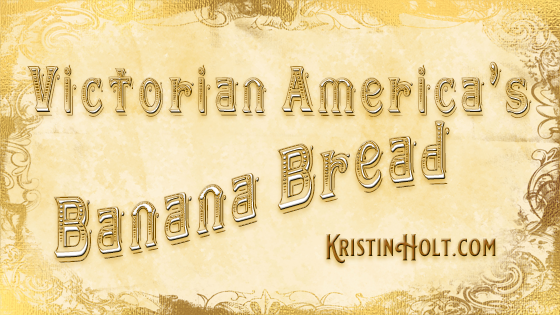
by Kristin Holt | Feb 23, 2019 | Articles
Today, February 23, is National Banana Bread Day. While banana bread (as we now know it) became a staple among home bakers in the 1930s, banana bread had its start in the late Victorian era where “banana flour” came to the United States from the tropics. Vintage newspaper advertisements show the beginnings of banana bread available in bakeries and homemakers’ awareness of quality nutrition to be found in the imported fruit and “flour.” With or without nuts, banana bread is a hallmark of American quick breads… and our nineteenth century ancestors, complete with baking powder and a wealth of cake-baking knowledge, were prepared for the post-Great Depression’s urge to “use it up.”

by Kristin Holt | Feb 11, 2019 | Articles
Etiquette and all that is deemed “good manners” morphs over time. Behavior that our nineteenth-century ancestors would find appropriate has largely disappeared, and today’s idea of a man’s best actions with his hat would appall our great-granddaddies. Specifically speaking, “Common Details of Western Historical Romance that are Historically Incorrect, Part 2” entails nineteenth century hat etiquette–specifically men in the company of women–and contains more vintage citations than my earlier post titled Hat Etiquette of the Victorian Era.


















